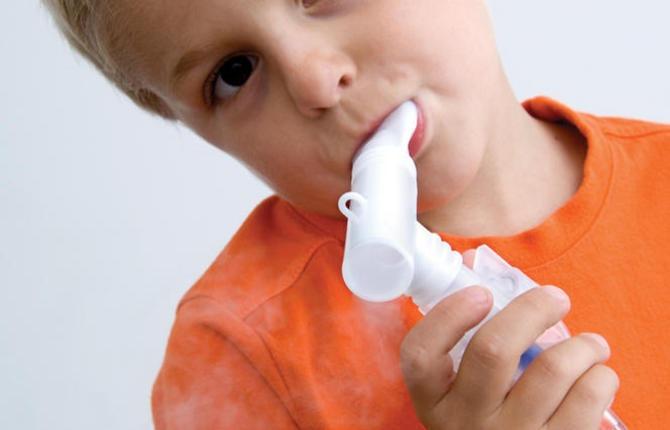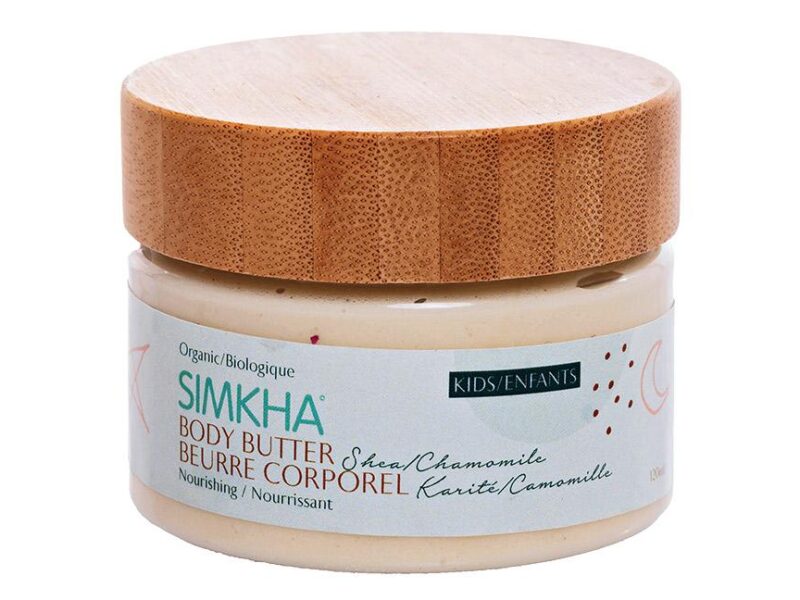
Does your child have exercise-induced asthma?
Ever wonder why your child seems to be hesitant to run full out on the soccer field or participate in a race? Or perhaps they are not giving it their “all” on the basketball court. It may not be a lack of athletic ability or fear of participating in team sports, as you may have thought. It could be that they suffer from a form of asthma called Exercise-Induced Asthma (EIA).
Canada has one of the highest incidences of asthma in the world affecting approximately three million people nationally. Research has shown that the tendency to have asthma runs in families and that some people are born with the tendency to have asthma. In Canada, asthma is the leading cause of absenteeism from school. The good news is that having exercise-induced asthma does not mean your child needs to give up physical activity. Many professional athletes have asthma but learn to control it. With proper knowledge, medication, and a few precautions your child can learn how to manage exercise-induced asthma so he or she can still enjoy exercise and sports with other children.
EIA is a medical condition distinguished by shortness of breath induced by sustained, vigorous exercise such as sports. This exercise can induce an asthma attack in children who have never experienced asthma under any other circumstances. Consistent and repetitive air movement through the airways, such as through the mouth, affects the airway humidity and temperature resulting in bronchospasm (a bronchial spasm) which means the airways begin to swell and secrete large amounts of mucus. This swelling and extra mucus partially block or obstruct the airways making it hard to breathe.
Certain sports and their environments will affect children with EIA more than others. Sports and games that require continuous activity or are played in cold weather are most likely to trigger an asthma attack. Children with exercise-induced asthma are believed to be more sensitive to changes in temperature and humidity of the air.
Symptoms usually begin about five to twenty minutes after beginning the exercise or sport and may include: nausea, cough and extreme fatigue
Unfortunately peer pressure, embarrassment, fear of being regarded as a poor player may stop the child from telling anyone about the problem. Coaches and parents unaware that there is a physical problem may push the child to run harder or do better, thus making the problem worse. If the child cannot keep up it may lead to self-esteem issues.
The severity of an EIA attack varies tremendously. It can cause your young soccer player to have to sit on the bench until breathing resumes to normal, or it may be more severe in which case nausea, dizziness, cardiac arrhythmias, or even blackouts can occur. It is important to teach your child to recognize the symptoms of an impending EIA attack and to remove themselves from the sport or activity which is causing the attack, and then initiate treatment as necessary.
Contributing factors include extreme temperatures or humidity, poor air quality, insecticides, fertilizers, chlorination in pools and high intensity aerobic exercise.
It is important to consult with your doctor if you think your child may have exercise-induced asthma or asthma in general. Fortunately for children with exercise-induced asthma, medication can simply be taken before exercise. Regular maintenance therapy/medication is often not required as it is with regular asthma. With appropriate treatment, almost everyone with EIA can enjoy regular exercise.
The most widely used medicinal treatment for exercise-induced asthma is a pressurized metered dose inhaler filled with asthma medication. When the inhaler is pushed down a measured dose of the medication is released as the child breathes it in. Pressurized metered dose inhalers are commonly referred to as “puffers”.
Non-Medicinal Treatment of EIA can include:
• Changing breathing techniques from mouth breathing to nasal breathing can result in less bronchospasm because the inhaled air is both warmed and humidified through the nose before it hits the lungs.
• Spending time warming up before strenuous exertion can help prevent an EIA attack, and a gradual cooling down after exertion can prevent symptoms after exertion.
• Avoid exertion in extremely cold weather. Make sure your child’s nose and mouth are covered with a scarf or neck warmer if outdoors.
• Air pollution, allergies, cold or damp conditions can be triggers for an attack. If your child has allergies, such as to pollen, avoid exertion when the pollen count is high.
• It can be helpful to guide your child toward participating in a sport that is less likely to cause bronchospasm, such as sports with less prolonged aerobic demands.
Treatment of a child who is experiencing an acute attack of EIA is the same as in any asthma attack situation. Immediately remove the child from competition or play. Provide immediate access to a metered dose inhaler, usually 2 puffs with one minute between puffs. If there is no relief, the child should take an additional puff every five minutes. If the child’s breathing does not improve, they should be taken to a hospital because the EIA attack may escalate.
For more information contact the Asthma Society of Canada at 1-866-787-4050 or visit www.asthma.ca.
What does asthma feel like?
Fifteen-year-old Carlie has had exercise-induced asthma for a few years now, but has it completely under control by using the inhaler just before playing sports.
Question: How does it feel when you get an asthma attack?
“It feels like deep inside you can’t grasp the air. When I’m playing sports and running for long periods of time there’s really no warning that it’s going to happen, it just comes on suddenly. I feel myself digging deep to get a breath. I have trouble inhaling the air.”
Question: How long did it take you to learn to use the puffer/inhaler properly?
“It took me about five times to learn how to use it properly. The part I found difficult at first was forcing the spray down my throat and inhaling at the same time to prevent the spray from puffing out of my mouth again. The trick is to exhale first and then inhale as I take a puff from the inhaler and then hold it in my lungs for approx 5 -10 seconds before I exhale again slowly.”
Question: What type of exercise/sports can cause you to have an attack?
“Sports with a lot of running such as soccer and gym class at school when I had to do the 12 minute run.”
Question: How old were you when you first realized something was wrong?
“I think I was about 11 years old when I was playing on a summer soccer team.”
Question: Is there anyone else in your family that has asthma or EIA?
“Yes, my father has asthma and must take his puffer before he plays basketball every week.”





